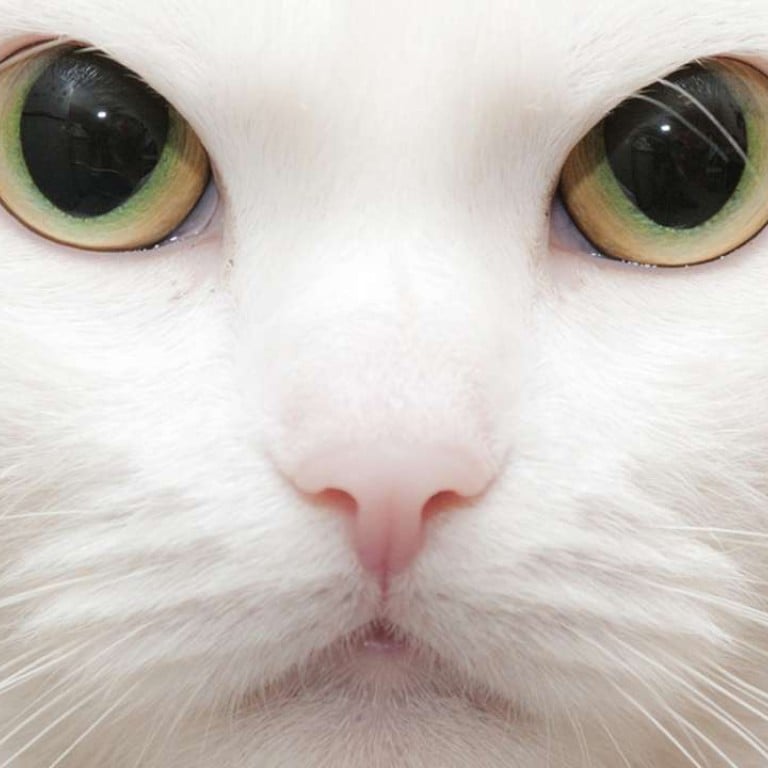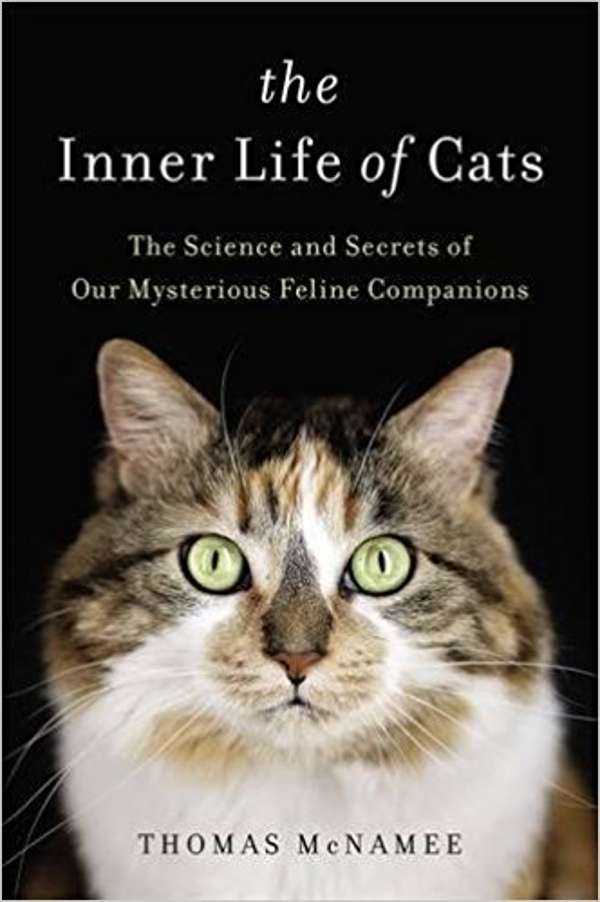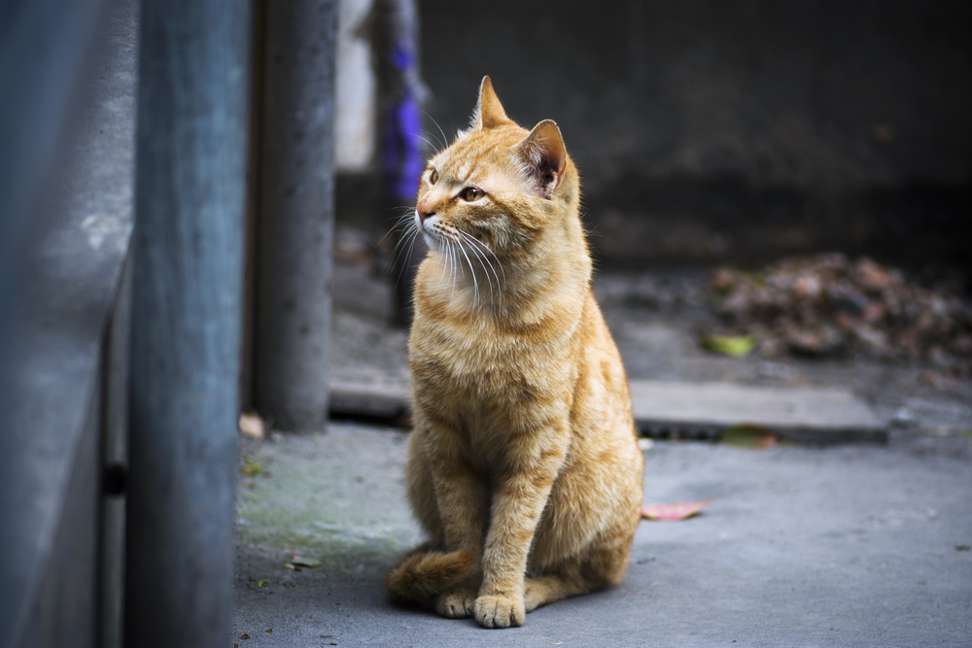
Book review: The Inner Life of Cats – charming tale of a feline friend
Author Thomas McNamee recounts how an abandoned kitten padded through the snow to his remote ranch and for 15 years offered him companionship – and an insight into why cats appear so mysterious

by Thomas McNamee
Hachette
People have theories about cats (and the people who love them). Some think, for example, that cats know their names. But if you went out looking for your cat Fred and called out Elvis, for instance, Fred would come, if so inclined. Cats are laws unto themselves.
Into this murky territory comes Thomas McNamee’s new book, The Inner Life of Cats, which promises to unearth “the science and secrets of our mysterious feline companions”. You may be sceptical of this pretentious subtitle, but will nonetheless be charmed by McNamee’s tale of his cat, Augusta, and his attempts to understand this essentially unknowable (but lovable) animal.
The Inner Life of Cats is Augusta’s life story, an engaging one interspersed with plentiful information about cats. McNamee found Augusta on a snowy November morning in Montana. He welcomed the kitten into his house, concluding from tyre-track evidence that she had been dumped in the middle of the night on a country road and had then made her way to his ranch more than a quarter of a mile away, leaving paw prints smaller than a dime.
He drove the black kitten to the nearest vet and, upon learning that she was about three months old, and thus born in August, “gave this gift from the god of chance the name Augusta”. The vet told him that the kitten’s cheerful disposition was probably due, in part, “to an inborn sunny nature, a roll of the genetic dice”.

All of this is well sourced, but there are a few speculative passages that may leave long-time cat owners wondering. “Some people say,” McNamee writes, that cats are drawn to non-cat-lovers because they don’t look at the animal, “wanting no part of it”, whereas cat people look, “hoping for a response of some kind”.
The gazed-upon cat “will then have taken all that staring as potentially threatening”, McNamee explains, “and will perceive the person looking away as polite. ... Hence the friendly approach to the wrong person”. This does not jibe with my four-cat experience.
McNamee also devotes a portion of the book to cat whisperers, who work with indoor cats that exhibit exasperating behaviour – biting and scratching, ripping up the upholstery, yowling at 4am, and worse. Perhaps revealing his ambivalence toward cat whisperers, he writes that Mieshelle Nagelschneider, “the queen” of the industry, conducts “individual cat-by-cat consultations”, most of them by telephone and email, and declines to offer statistics on her success rate.
Jackson Galaxy, the garish “king of cat whisperers”, makes house calls: he is frequently bitten and slashed on the job. Galaxy has a television show called My Cat From Hell on Animal Planet, a charitable foundation that contributes to cat shelters, and a retail empire selling products such as #TeamCatMojo bracelets and Rainbow of Paws flip-flops.
“And yet, and yet,” McNamee continues. “Jackson Galaxy knows cats in ways and with an accuracy beyond what I’ve found anyone else to possess.”
Indoor cats may be problems to their owners, but when they are abandoned and don’t wind up in shelters, they usually become feral. Feral cats are cats that have become homeless, and wild cats born on city streets or in rural barns that are never socialised. The US Humane Society estimates the national population of feral cats to be 30 million to 40 million. Free-ranging cats are notoriously difficult to count, however, and other estimates are higher.
The overpopulation of feral cats in America and on other continents, especially Australia, poses serious difficulties to wildlife: In the United States, feral cats kill billions of birds and mammals every year. They are also a problem to shelters and to themselves. Feral cats transmit diseases but are often victims of suffering: They are run over, poisoned, tortured, shot and generally succumb at early ages to illness.
Augusta, too, comes into a period of suffering. As she aged, she suffered degenerative joint disease; by the time she was nine, she limped upstairs, and soon, despite an anti-inflammatory medication, she could no longer jump on the bed. Her weight dropped precipitously. At 15, she grew weaker and showed pain, which cats tend to conceal until close to the end. She was euthanised.
The author grieved for months but eventually adopted another kitten, whom he named Isabel. He vowed to be even kinder to Isabel than he had been to Augusta. He wouldn’t go on trips and leave her at home.
“Their lives are shorter than ours,” he writes. “We can witness their lives from beginning to end, not just witness but be in them, from naming to knowing, from wonder to love, an arc, and then – now – another. ... Every day of her life, the kitten and the cat she becomes will make the effort worth our while.”

